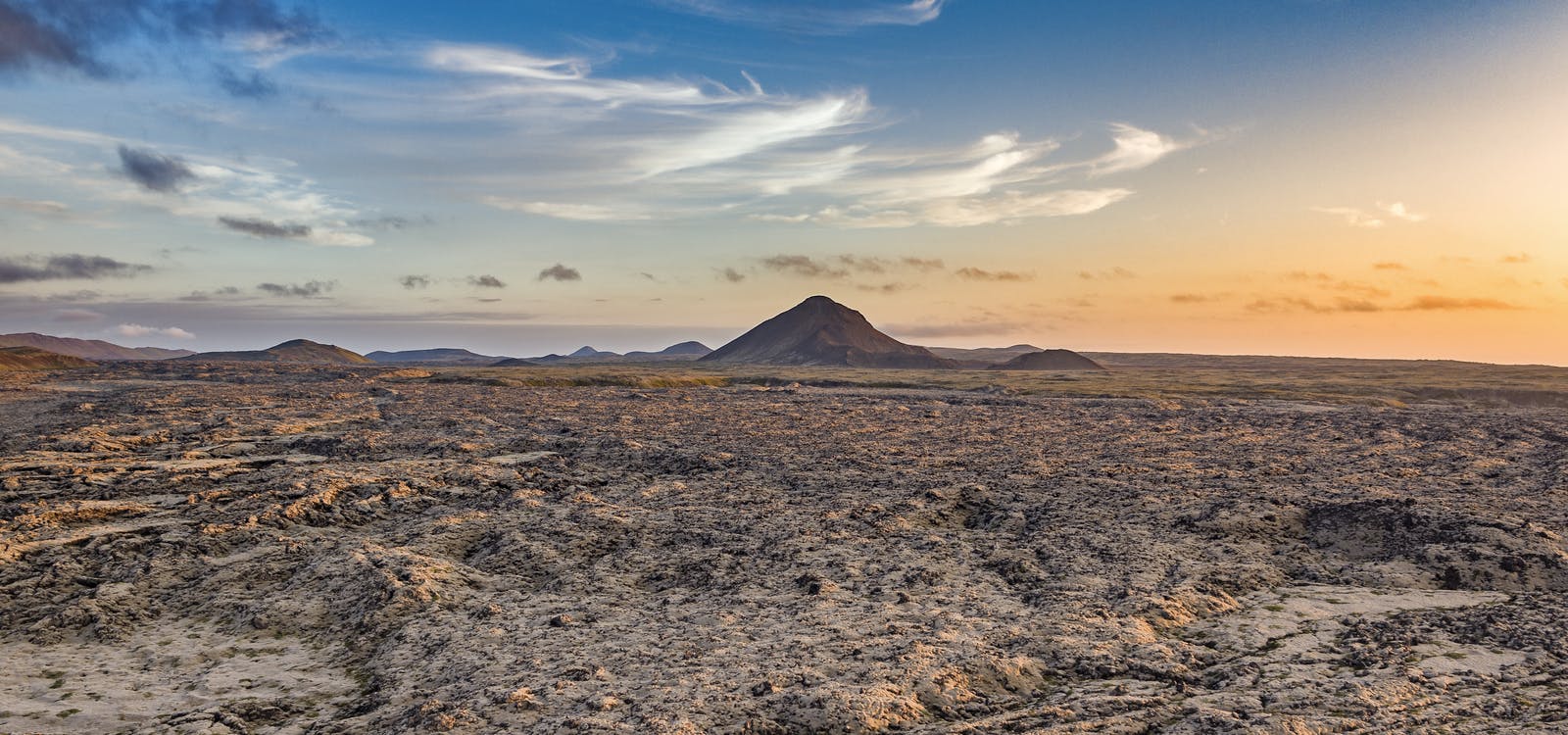
Types of Earthquakes in Iceland
Iceland experiences thousands of earthquakes yearly, though fortunately, most are fairly insignificant. Iceland's two main types of earthquakes are tectonic and volcanic. Tectonic earthquakes occur when faults and plate boundaries shift, while volcanic earthquakes happen when magma moves within active volcanoes. The less occurring earthquakes in Iceland are classified as geothermal and human-induced ones.
1. Tectonic earthquakes
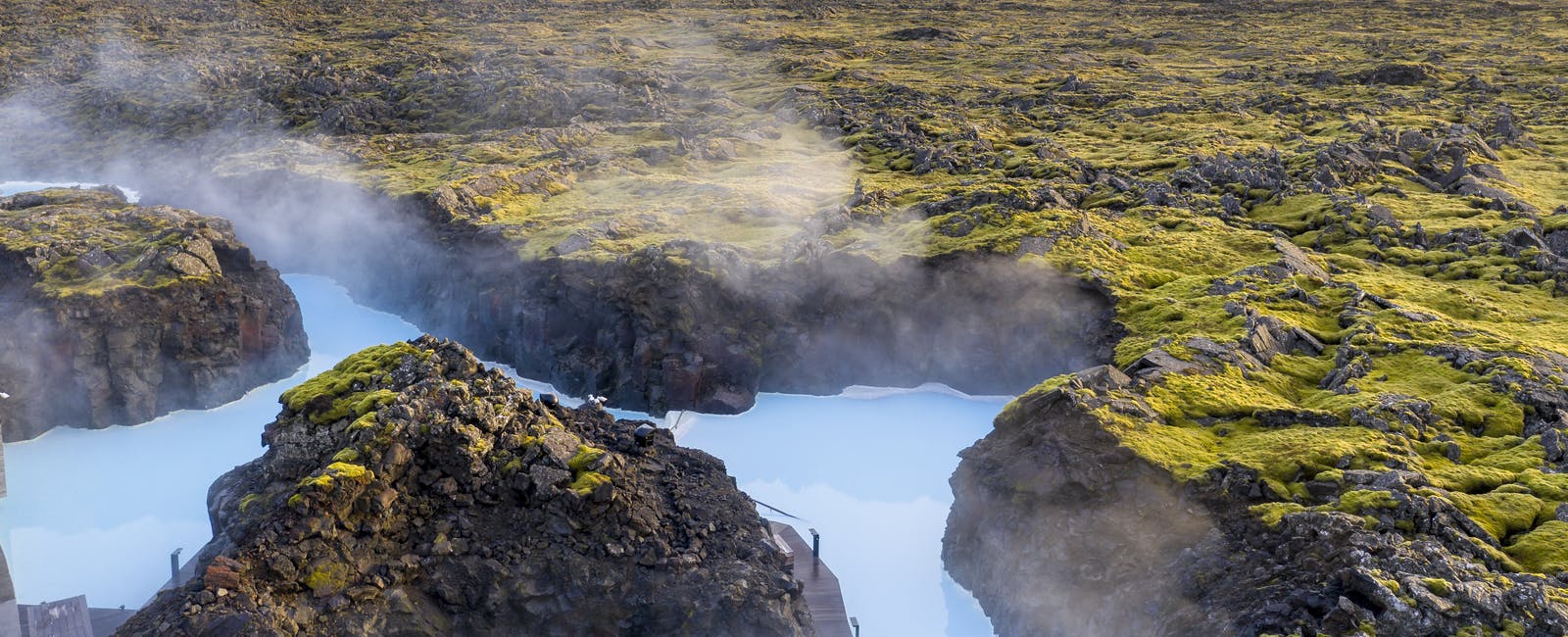
The most common earthquake in Iceland relates to tectonic activity, which largely occurs on and close to plate boundaries. The Earth has three basic layers: the core, mantle and crust. The crust is the top layer and is broken into randomly shaped pieces of varying sizes which we refer to as crustal plates. As they float on the dense mantle layer, they are constantly moving, though you can't see that happening most of the time as the pace is too slow.
At the plate boundaries, depending on the direction of that movement, the plates collide. This happens at destructive margins (when one plate subducts under the other) and collision margins (where two plates crash into each other and are forced upwards). Earthquakes in these places can be massive, but Iceland isn't one of them. However, not all plates move in this manner. Some slide past each other; we call it a conservative margin when that happens.
Meanwhile, others creep apart, often at a rate of a few centimetres every year, creating what's known as a constructive plate boundary. This is what you'll find in Iceland, and you can see the cleft in the landscape that occurs when you visit places like Thingvellir National Park and the Bridge between Continents in Reykjanes. You might wonder how something that moves apart can create the shaking we associate with an earthquake. Well, these plates don't always move steadily, and sometimes they can get stuck. As they break free, the jolt that occurs is what we feel as an earthquake.
2. Volcanic earthquakes
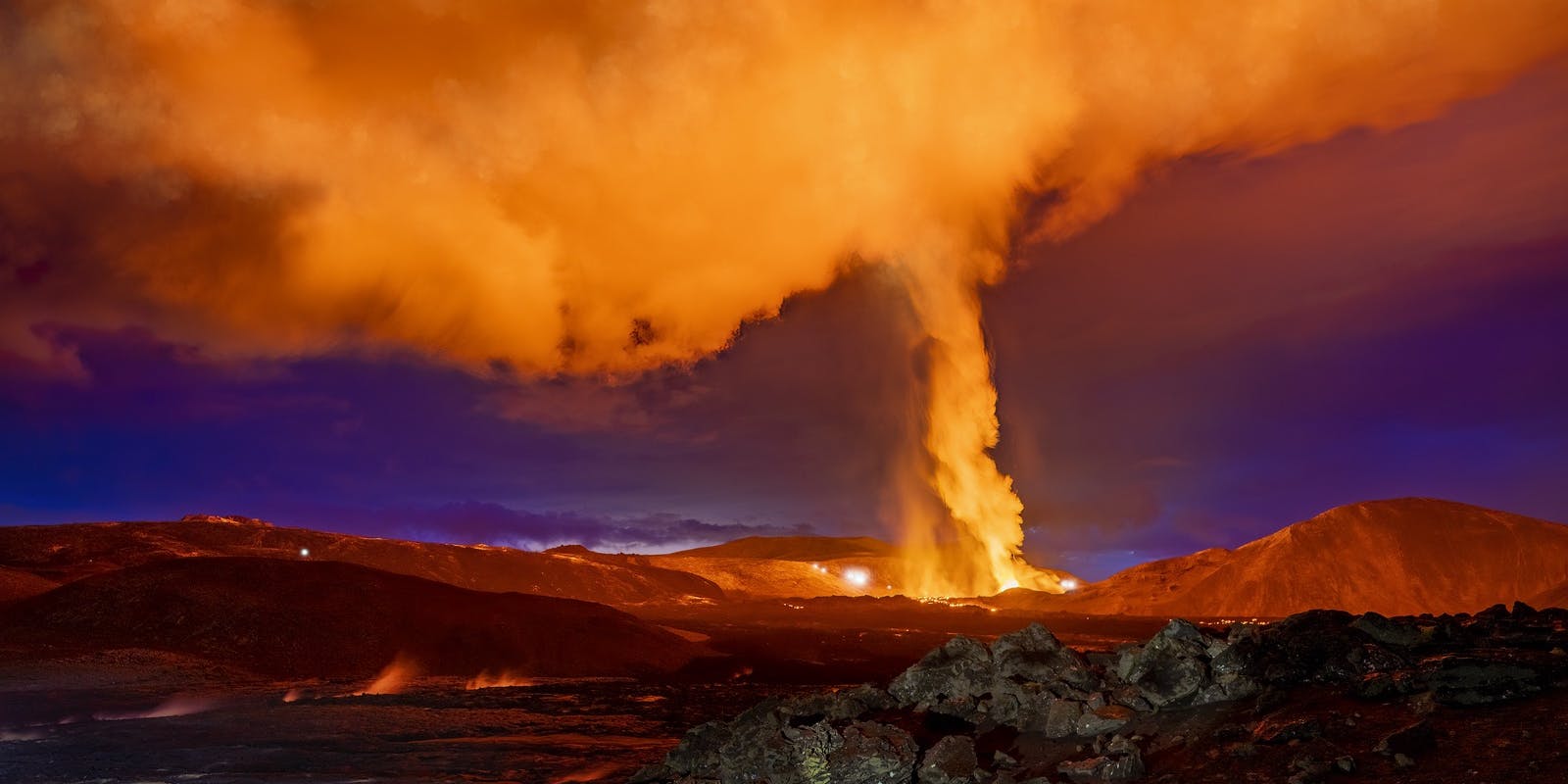
Iceland also experiences volcanic earthquakes, the second of the two naturally occurring types of earthquake. Though tremors can't cause a volcano to erupt, we often see increased seismic activity in the weeks or months leading up to an eruption. A seismometer can record the vibrations created as the magma moves within the Earth. Of course, it's only with hindsight that we can explain the pattern we've been seeing; before the eruption happens, it's just a hypothesis.
Inside any dormant or active volcano, we find a magma chamber. This is the space where magma (molten rock) collects. Sometimes a slip in the fault line beneath a volcano can trigger pressure changes and earthquakes. That's why you might see a swarm of earthquakes, often quite small, close to a volcano. This was a precursor to both the Eyjafjallajökull and Fagradalsfjall eruptions.
Such earthquakes can be extremely helpful. They're not large enough to cause damage to property or injure people, but what they do provide is a warning that authorities can heed to organise an evacuation if it's thought necessary. It's beneficial in places such as southern Iceland, where some volcanoes are hidden underneath glaciers. If the volcano erupts, heat from the magma can melt the ice causing a potentially devastating flood known as a jökulhlaup.
When the chamber is full, the magma needs to find a way out and burst through any weak point in the crust nearby, such as the main crater or a secondary cone on the volcano's flanks. Eventually, the magma chamber is emptied and leaves a void. Sometimes, the rocky sides of the chamber can collapse inwards, which can cause tremors, though these are mostly weak.
Regardless of which of the two types of earthquake we mean, in Iceland, tremors tend to be relatively small. Even the largest ever recorded – way back in the 18th century) was only 7.1 on the Richter Scale, many times smaller than some of the quakes that have hit the Pacific Rim. You can travel throughout the country without troubling yourself too much about them.
3. Geothermal Earthquakes
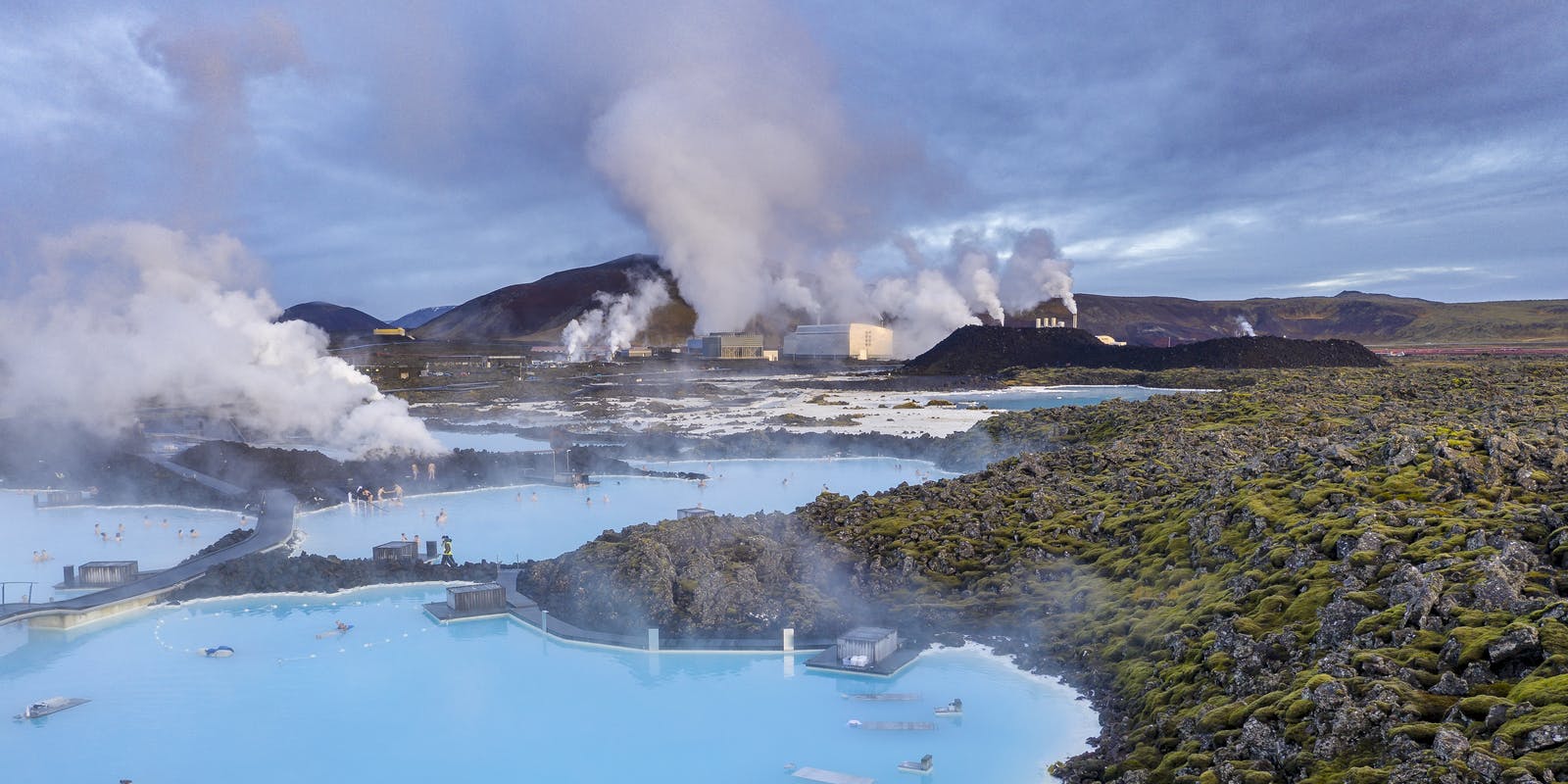
Iceland is renowned for its extensive geothermal energy reserves. This energy, originating from the heat stored beneath the Earth's surface, is a key characteristic of the island's landscape, powering everything from household heating to public swimming pools. Yet, this geothermal activity also contributes to the seismic behaviour of the region, leading to a unique form of earthquake: geothermal earthquakes.
Geothermal earthquakes predominantly occur in regions with high geothermal activity, such as the areas around geysers, hot springs, and geothermal power plants. These areas are marked by underground heat and fluid movement, which can lead to shifts and fractures in the surrounding rocks.
Despite these mechanisms, geothermal earthquakes tend to be of low magnitude, most often less than three on the Richter scale. As a result, they are generally not felt by people and cause minimal, if any, damage. However, they can sometimes occur in swarms, leading to multiple earthquakes in a short span of time, and can occasionally precede volcanic activity. Steam explosions, rare events in high temperature geothermal areas, also can generate earthquakes.
4. Human-induced Earthquakes (Induced Seismicity)
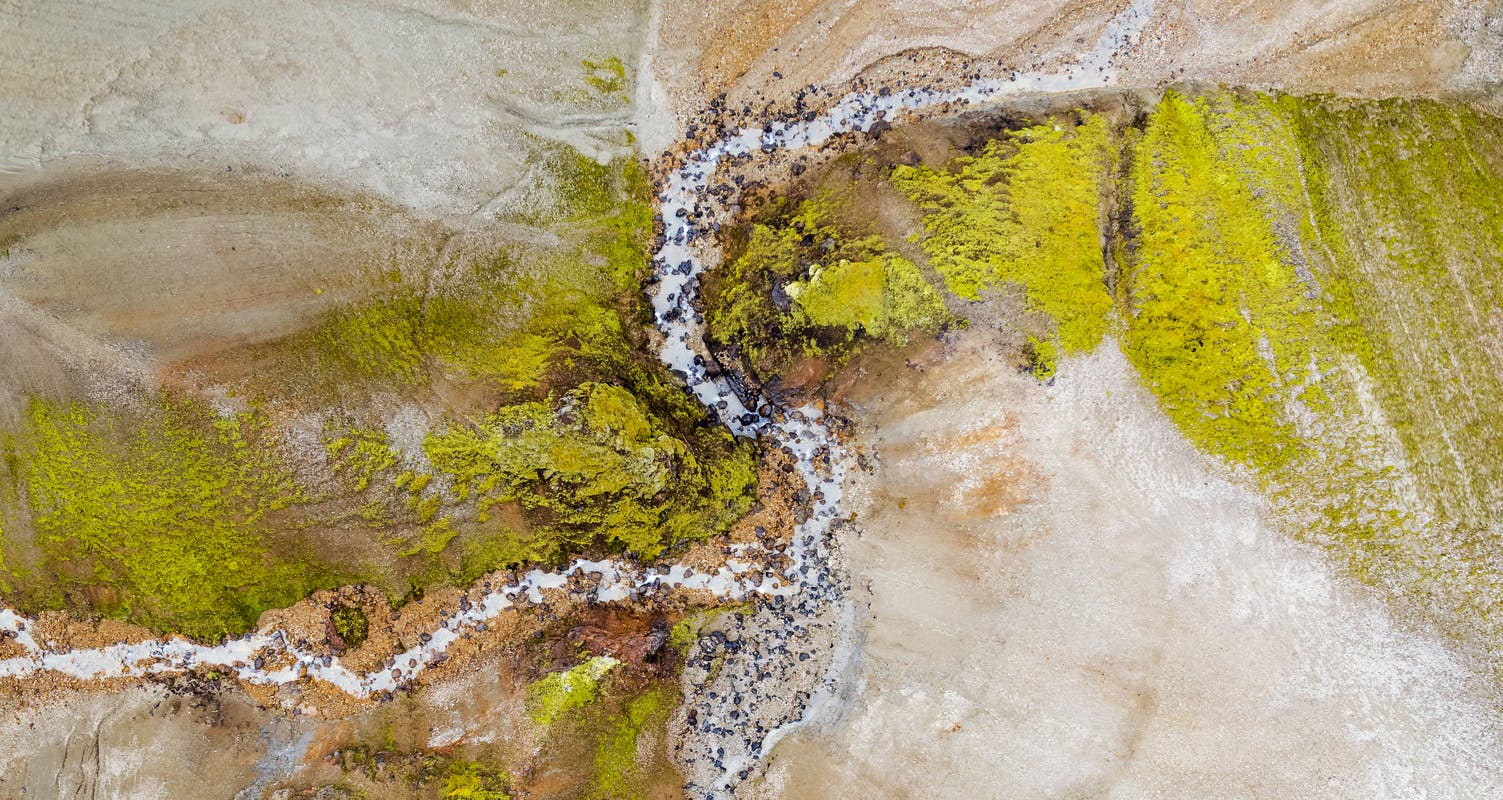
Human-induced earthquakes, also known as induced seismicity, result from human activities that alter the stresses and strains on the Earth's crust. These activities include reservoir-induced seismicity (due to the filling of large reservoirs behind dams), mining and quarrying, oil and gas extraction, and geothermal energy production. In Iceland, the main contributor to induced seismicity is geothermal energy production.
Iceland is one of the world leaders in geothermal energy use, harnessing the heat from beneath the Earth's surface to produce electricity and heat water for space heating and industrial use.
During geothermal energy production, water is often injected into the ground to help facilitate heat extraction. This injection increases the pore pressure in the rocks, reducing the friction along any existing faults and making them more prone to slipping. This process can lead to human-induced earthquakes. In addition, the extraction of fluids can lead to subsidence and changes in stress, potentially triggering seismic activity.
Most of the induced earthquakes in Iceland are of low magnitude, often too small to be felt by humans, and occur near geothermal power plants. However, some induced seismic events can be larger and felt by people, especially if they occur in swarm sequences.
One of the most well-known cases of induced seismicity in Iceland is the geothermal field in Húsavík, North Iceland. The high-pressure fluid injection into the geothermal reservoir has been associated with increased seismic activity in the area, which has been closely monitored and studied to understand the connection between geothermal operations and induced earthquakes.
5. Swarm Earthquakes
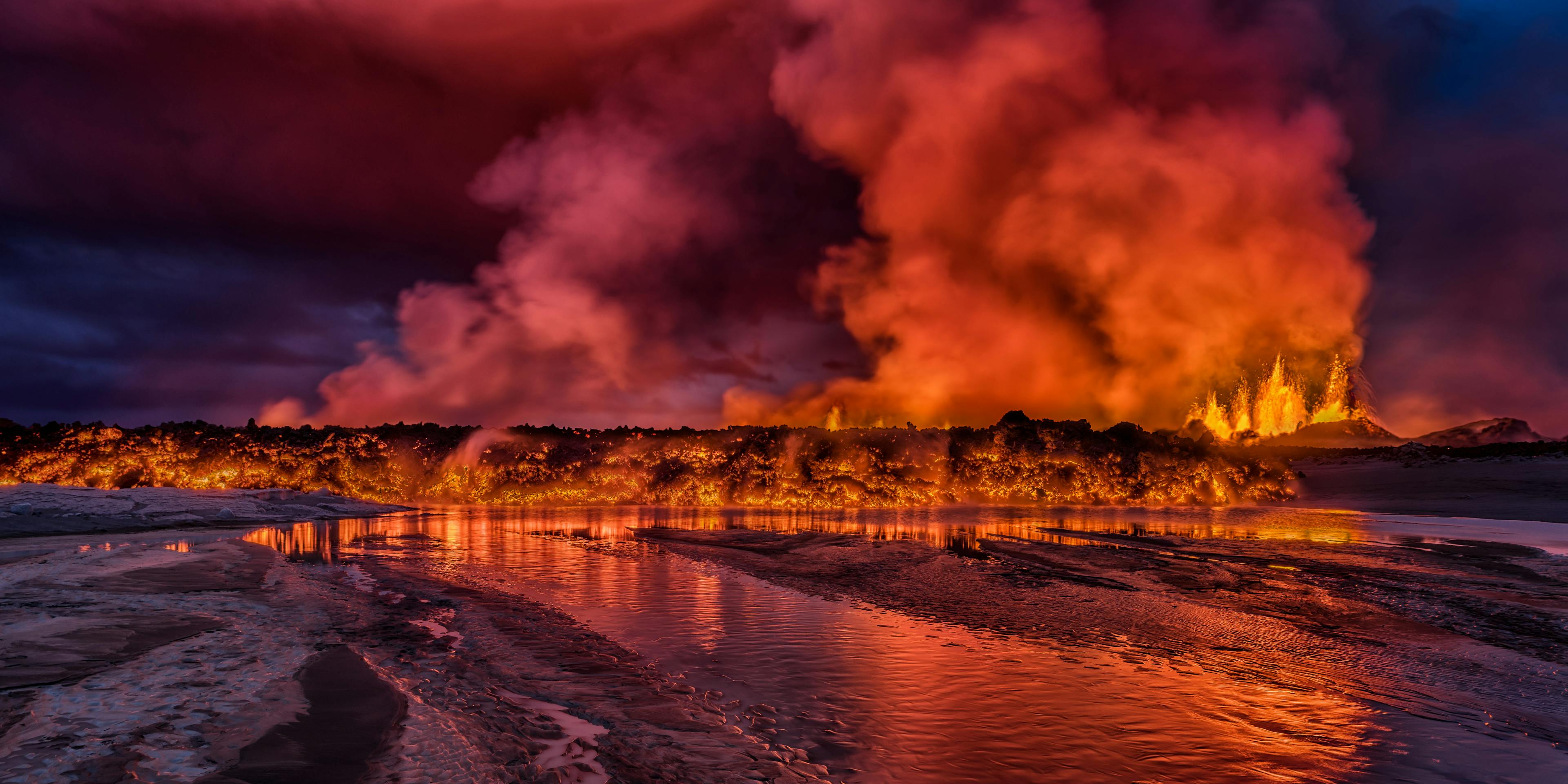
Swarm earthquakes can belong either to tectonic or volcanic quakes. Swarm earthquakes, as the name suggests, refer to a series of earthquakes that occur in a specific area over a short period of time rather than a single isolated event followed by aftershocks. These swarms can contain hundreds or even thousands of individual tremors over days, weeks, or sometimes even months.
Swarm earthquakes in Iceland are often associated with volcanic activity. As magma moves upwards towards the surface, it fractures the surrounding rock, causing numerous small earthquakes. These swarms can sometimes indicate an impending volcanic eruption, often referred to as volcanic tremor, although not all earthquake swarms lead to eruptions.
Apart from volcanic activity, tectonic movements also result in swarm earthquakes. When the tension accumulated due to the drifting of tectonic plates is released, it may cause a series of earthquakes in a specific region rather than a single event.
The nature of swarm earthquakes, in which many tremors occur close together in time and location, often makes it difficult to distinguish main shocks from aftershocks, differentiating them from traditional earthquake patterns.
Swarms can vary in intensity, with earthquakes ranging from those too small to be felt to those large enough to cause significant ground shaking and potential damage. In Iceland, most swarm earthquakes are of relatively low magnitude, but there have been instances of swarms containing larger quakes, which can pose a hazard.
Experience the different types of earthquakes in Iceland
The Forces of Nature exhibit at Perlan is brimming with engaging and immersive displays that further illustrate this topic. This hands-on experience is enlightening and entertaining, offering visitors a chance to truly grasp the power and diversity of seismic activities in Iceland. A journey through this exhibit expands your understanding of earthquakes, volcanoes and seismic activity. So, add Perlan to your itinerary for a memorable and educational adventure!
FAQ
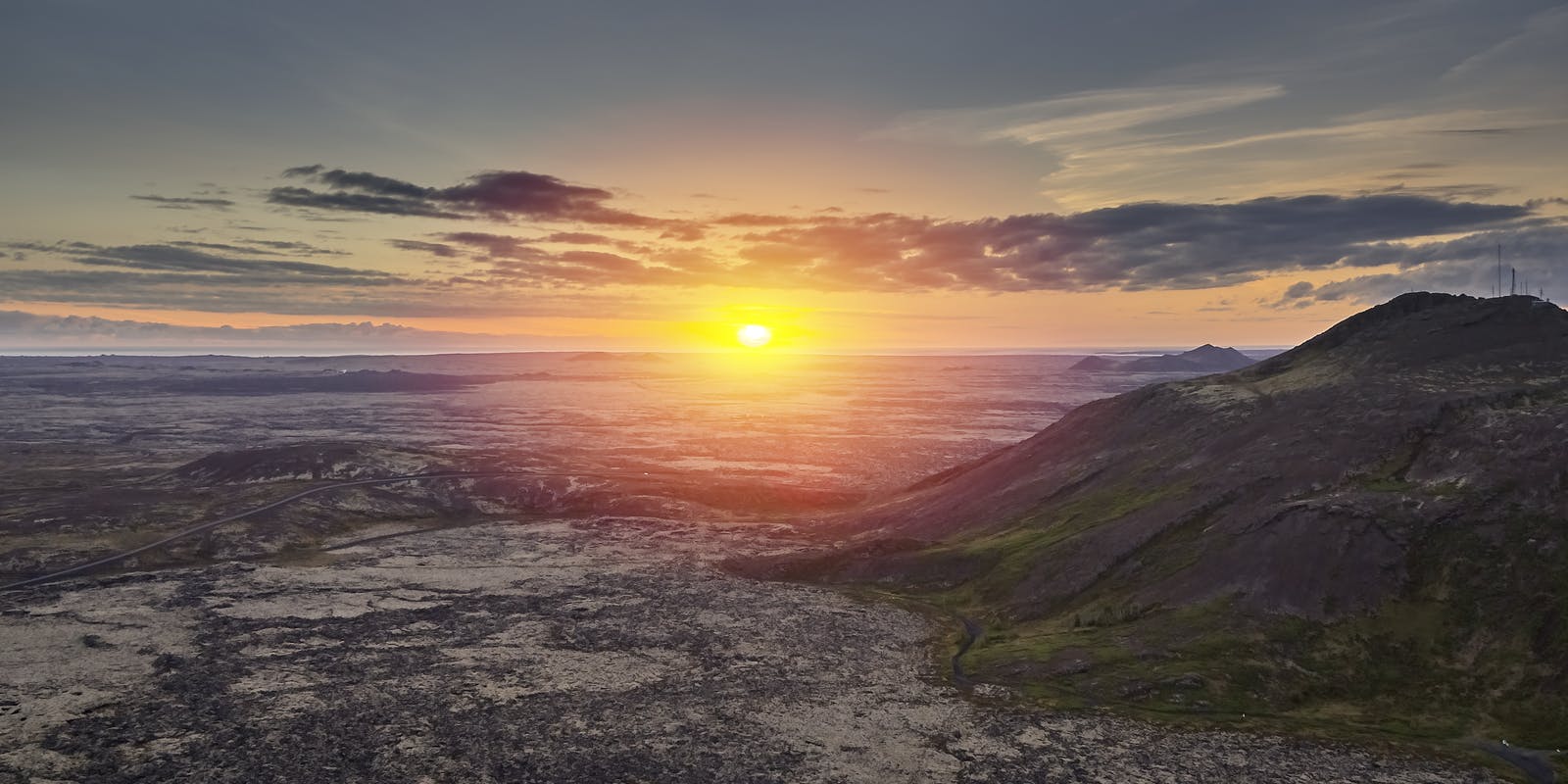
What are the main types of earthquakes in Iceland?
The primary types of earthquakes in Iceland include tectonic earthquakes, volcano-tectonic earthquakes, geothermal earthquakes and human-induced earthquakes.
What are tectonic earthquakes in Iceland?
Tectonic earthquakes occur when geological forces cause the Earth's crust to break. In Iceland, these are primarily caused by the movement of the North American and Eurasian tectonic plates, which are drifting apart.
What are volcano-tectonic earthquakes in Iceland?
These earthquakes are associated with volcanic activity. As magma rises, it causes the surrounding rocks to crack and create a path to the surface, triggering an earthquake or earthquake swarm.
What are geothermal earthquakes in Iceland?
Geothermal earthquakes can occur in regions with high geothermal activity, triggered by rapid cooling and contraction of sub-surface rocks or pressure changes in hydrothermal and geothermal reservoirs.
What are human-induced earthquakes in Iceland?
Human-induced or induced seismicity can occur due to the injection of fluids into the ground during geothermal energy extraction, which can alter stress conditions and trigger earthquakes.
What are swarm earthquakes in Iceland?
Swarm earthquakes refer to a series of earthquakes occurring in a specific area within a short period. They can happen due to volcanic activity, tectonic plate movements, or geothermal activities.
What is the most common type of earthquake in Iceland?
The most common type of earthquake in Iceland is the tectonic earthquake, caused by the divergent boundary between the North American and Eurasian tectonic plates.
Popular articles

Reykjanes Volcanoes Overview
Enjoy a complete overview of the Reykjanes Volcanoes from 2021-2024. Learn about its geology, recent activity, and visitor tips for a safe, memorable experience.

Reykjanes Peninsula Volcanoes: Sundhnúksgígar Eruptions
The anticipated volcano has erupted in the Reykjanes Peninsula, the site is being called Sundhnúkagígar. See the historic insights on the seismic activity and volcanic eruptions.

Earthquakes in Iceland
Earthquakes in Iceland are a fact of life. Each year, hundreds of small tremors shake the earth, a reminder of the country’s position on a tectonic plate boundary.

Volcano Museums and Exhibitions in Iceland
If you don't manage to visit an actively erupting volcano in Iceland - Experience its force at one of these excellent volcano museums and exhibitions in Iceland.

Top 10 Places To See the Northern Lights in Iceland
You can see the northern lights across the country, but some spots are more suitable than others. Find the best place to see the northern lights in Iceland.

Ice Caves From Reykjavik
Travel beyond the capital for a closer look at an ice cave under one of Iceland’s glaciers. If you can’t spare the time, experience Perlan’s ice cave in Reykjavik.